
We kindly inform you that, as long as the subject affiliation of our 300.000+ articles is in progress, you might get unsufficient or no results on your third level or second level search. In this case, please broaden your search criteria.

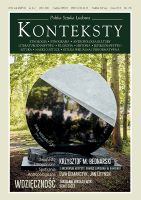
In our topic “horror” is brought by God himself, imagination – by Bruno Schulz. The purpose of the study is to sketch the hermeneutic process that arises between the presence of Scripture and the forms of imagination in Schulz’s work. I will present a literary interface of the Sinai epiphany and some visions from Schulz’s topos of the town Dorohobych, along with a theological (biblist) commentary. I consider the presence of hierophany in Schulz’s work to be obvious and essential, contrary to the critics of the relevant hermeneutics presented by Władysław Panas. The chapters of the Hourglass Sanatorium in the suggestive imagery of the “Book”, especially thanks to the metaphors of its “degradation”, build a hermeneutic prophetically consistent with the self-determinations active within the framework of Scripture. We point to an analogy with the theme of Scripture in Mikhail Bulgakov’s Master and Margaret.
More...
The refuse heap in the ghetto landscape is truly incredible. Its horror probably originates from overstepping its, seemingly, natural territory. The ghetto dump appears to break free from the frames, ruptures the form, passes from lifelessness to a sui generis life, ceases to be a motionless pile of refuse and assumes inner power. Ghetto rubbish dumps, i.e. junk, wretched remnants of people’s lives cast into the street, empty shells of existence – such is the landscape of the Holocaust. And yet in these piles of “dead” refuse there pulsates some sort of dark energy, while processes of biological transformation: rot, decay, and mould – symptoms of that life, last endlessly. People who left behind this rubbish had been changed into ashes cast into rivers and scattered on fields. They enter the great cycle of the transformations of Nature. Holocaust is annihilation. It consumes people, whilst each person has his own face, history, and place on Earth. He leaves behind a void. Nothing will fill it. And yet I find it difficult to cease thinking that some sort of a form of life goes on uninterruptedly in an extraordinary manner, perceivable only from a global, planetary perspective. I cannot grasp this aporia of annihilation and duration.
More...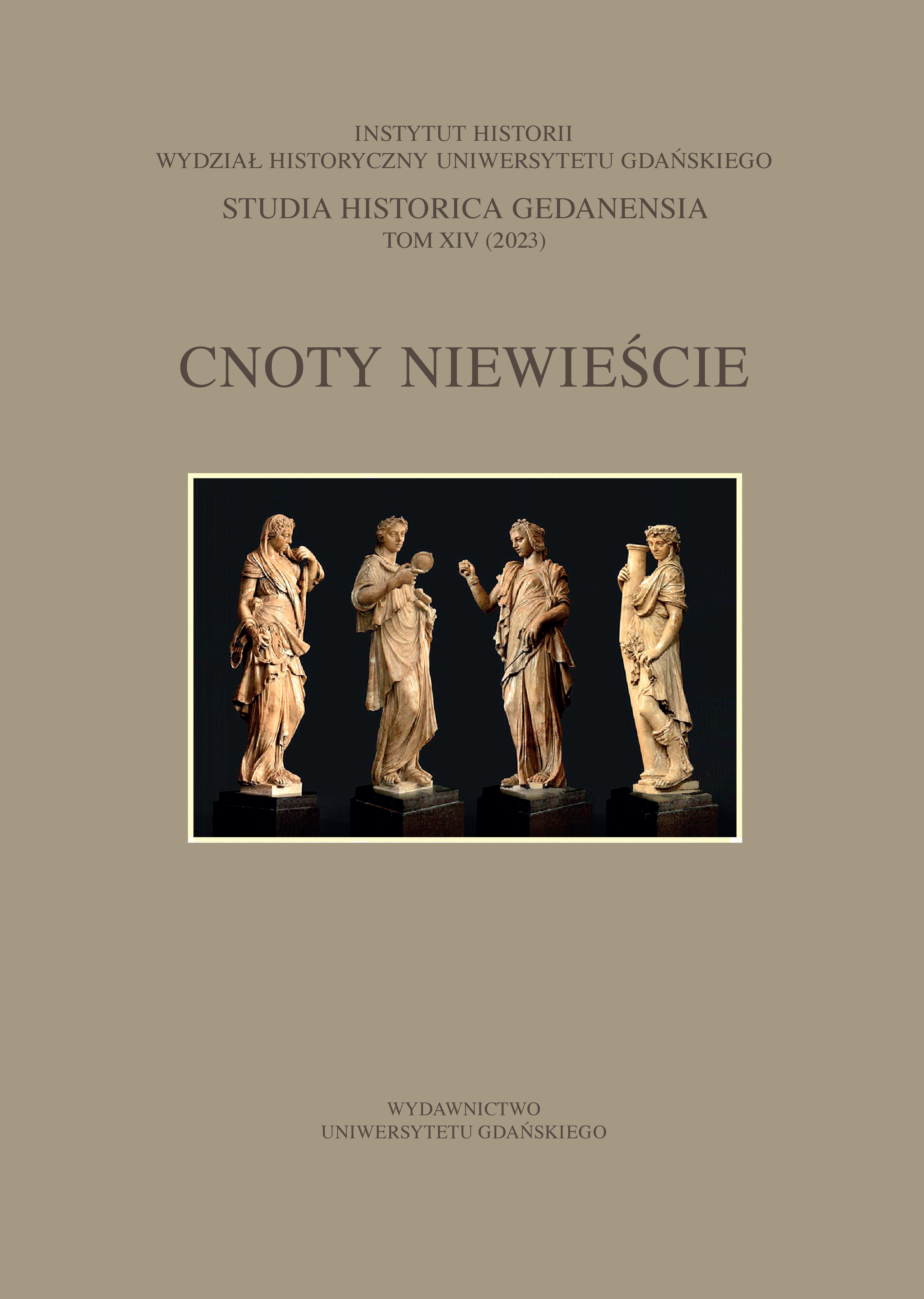
Emnilda, the third wife of King Bolesław Chrobry, is presented in the work of Józef Ignacy Kraszewski as a woman who manifests in an exemplary fashion a set of character traits that are summed up by the expression “women’s virtues.” This article shows how the heroine of the novel implements this specific system of values. This takes place not only through her personal deeds, but is also highlighted thanks to the counter model of Chrobry’s next wife, Oda Meissen. In Kraszewski’s approach, an interesting national context related to “women’s virtues” emerges. This pattern, based on Catholic values, is used by the writer to idealize the image of the Polish nation and its past, and, at the same time, to diminish the German nation, to show it as morally inferior. This is an obvious commentary on the attempts at Germanization then being undertaken by the Prussian government. The concept of medievalism is used in the article, as the action of the novel takes place in the medieval era. This period has been referred to many times in similar types of narratives, because this era was considered the period of the creation of the Polish nation. It also underlines the alleged eternity of the Polish German or Slavic Germanic conflict. In addition, the construction of Emnilda’s character is inspired by the thirteenth century lives of the holy princesses of the Piast dynasty
More...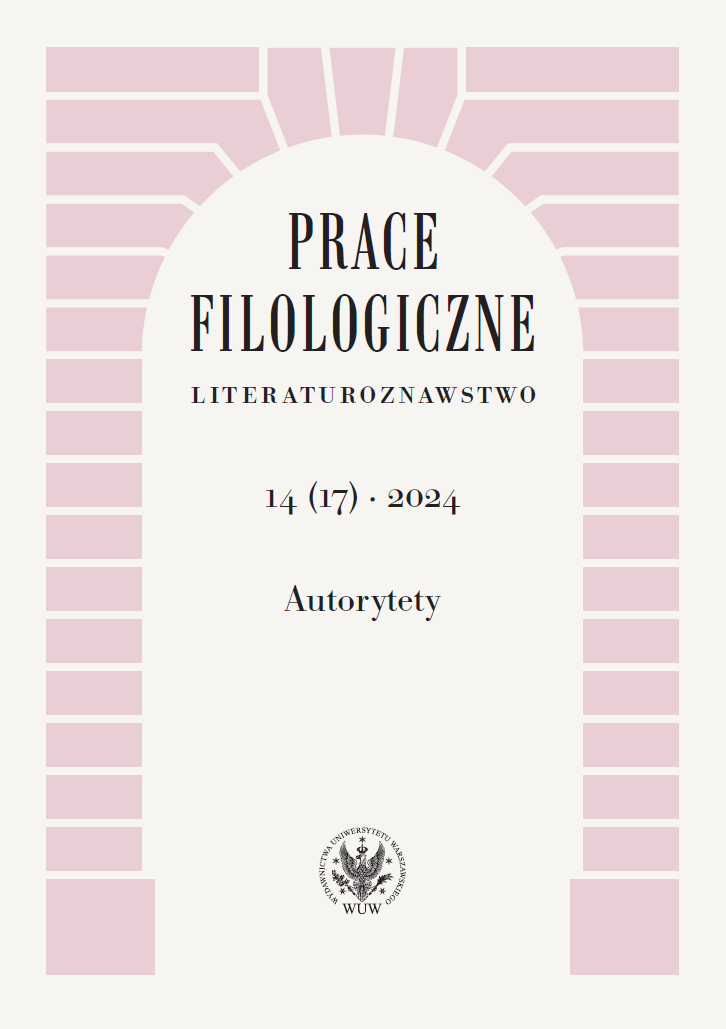
Paweł Szczerbic (1552–1609), a lawyer, owner of a publishing house in Lwów, translator of works on law and politics ("Speculum Saxonum", "Ius municipal", "Politicorum sive civilis doctrinae libri sex" of Justus Lipsius) is still a little-known figure who was considered a highly recognized scholar of his epoch; Bartłomiej Paprocki (c. 1543–1612), for instance, regarded him as a man of virtue and wisdom, while Szczerbic himself discredited his own abilities. Nowadays, on the one hand, Szczerbic is considered one of the most outstanding translators of legal, philosophical, and political works of the Renaissance, who skillfully manages the language, but on the other hand, in terms of legal matters, remains overshadowed by Bartłomiej Groicki and his translations, whereas in terms of philosophical and political matters his works are compared to the unrivaled model of Lipsius. Who exactly was Paweł Szczerbic? This article aims to delineate the figure of Paweł Szczerbic and his workshop on the basis of his own comments included in dedications, forewords or title pages of published works; documents or linguistic analyses of any sort are not taken into consideration.
More...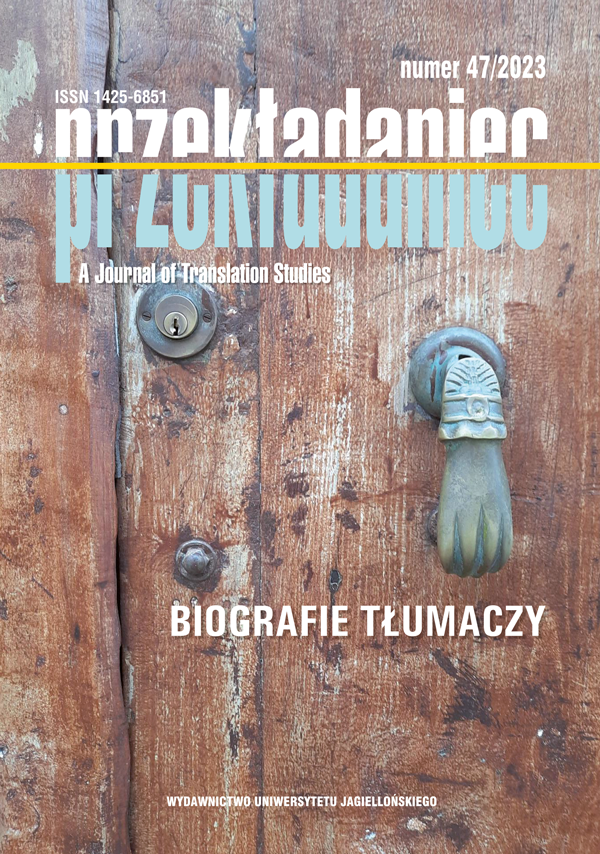
Janusz Minkiewicz was an excellent poet, satirist, translator, contributor to many important periodicals, friend of Tuwim and Brzechwa, author of famous satires and political cribs, but also of numerous works for children and translator. His first translation published in book form appeared after the war, quickly gaining a circle of enthusiasts, both among children and adults. To date, more than a dozen titles intended for a young audience have been published, the vast majority of which have been reprinted many times. Minkiewicz translated mainly from Russian, but his translation output also included English poetry, German or Italian. The paper – the result of a search conducted at the Polish Writers Donation Library, at the State Archive in Warsaw, at the Nasza Księgarnia and at the Adam Mickiewicz Museum in Warsaw – is the first attempt to look at Janusz Minkiewicz’s translation output addressed to young readers.
More...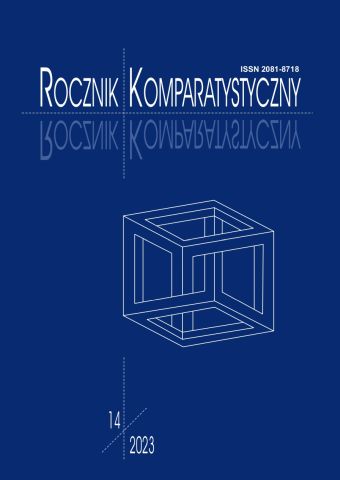
Jan Kasprowicz was one of the most prominent authors at the turn of the 20th century. He was also a very eager translator. All scholars agree that, above all, he was interested in works of those authors who expressed ideas similar to those he himself believed. In my paper I would like to take a closer look at two works by Kasprowicz, Baśń nocy świętojańskiej and Uczta Herodjady, and discuss whether the Oresteia by Aeschylus, which Kasprowicz translated at the time, influenced those works.
More...
The author analyzes the connections between Miłosz’s poetry and his translation work based on his translations and interpretations of the poetry of Wallace Stevens and Chinese poets, especially the poem “Another Spring” by Tu Fu. The subject of particular interest is Miłosz’s vision of “realistic poetry” and poetic epiphany related to the attempt to create/translate poems in which “the voice of the subject disappears”. The author also examines how Polish literary criticism accepted Miłosz’s translations and interpretations, relating them to the poet’s own poems. The article proves that Miłosz practiced the art of translation quite freely, in the interpretation of foreign poems he often used generalizations and unauthorized comparisons, which was not much discussed during the poet’s lifetime, and even after his death the dialogue with Miłosz as an interpreter and translator of poetry was not very polemical in the country. Combinations of Miłosz’s translations and his own works were often used as the poet had planned it, without any attempt to verify the translation or the interpretation associated with it. The world’s “realistic poetry”, in which the voice of the subject disappears, was largely the poet’s creation, and the connections with his own work confirm the dependence of Miłosz’s translations/interpretations on his own poems and insurmountable problems with the presence of the lyrical subject.
More...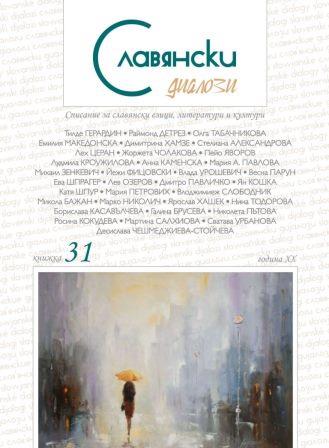
Mystical philosophy focused on the grandiose and inceptive work of the Spirit, with its evolutionary and transformative power, essentially has a demiurgic basis and a demiurgic “characterology”. The romantic poet under the influence of the Muse – as well as, and even especially, the mystic poet – is endowed with demiurgic functions in several ways. They parallel and synchronize each other, creating a “multiple” and polyphonic demiurgic; they compose a somewhat demiurgic “map” of the World. The purpose of the present study is to trace these manifestations of the demiurgic activity of the poetic subject in the mystical space of its creativity.
More...
The article is dedicated to the neologisms in the poetry of Polish poet Bolesław Leśmian and the way they have been translated into the Bulgarian language. At the beginning, some of the distinguishing features of the poetic text are noted, then the concept of neologism is discussed. The work of Leśmian is presented and the characteristic features of his poetry are cited, among which is the use of many newly created words. The translated reception of the poet in Bulgaria is traced, difficulties in translation associated with the use of neologisms are mentioned, and the way they have been translated into Bulgarian is analyzed.
More...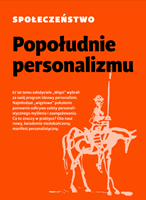
Społeczeństwo obfitości czasów prezydenta Trumana oglądane przez mentalny czarno biały slajd świeżych widoków z Polski podważało zaufanie Miłosza do własnych władz umysłowych. Skłaniało do reakcji, a była nią ucieczka w idyllę.
More...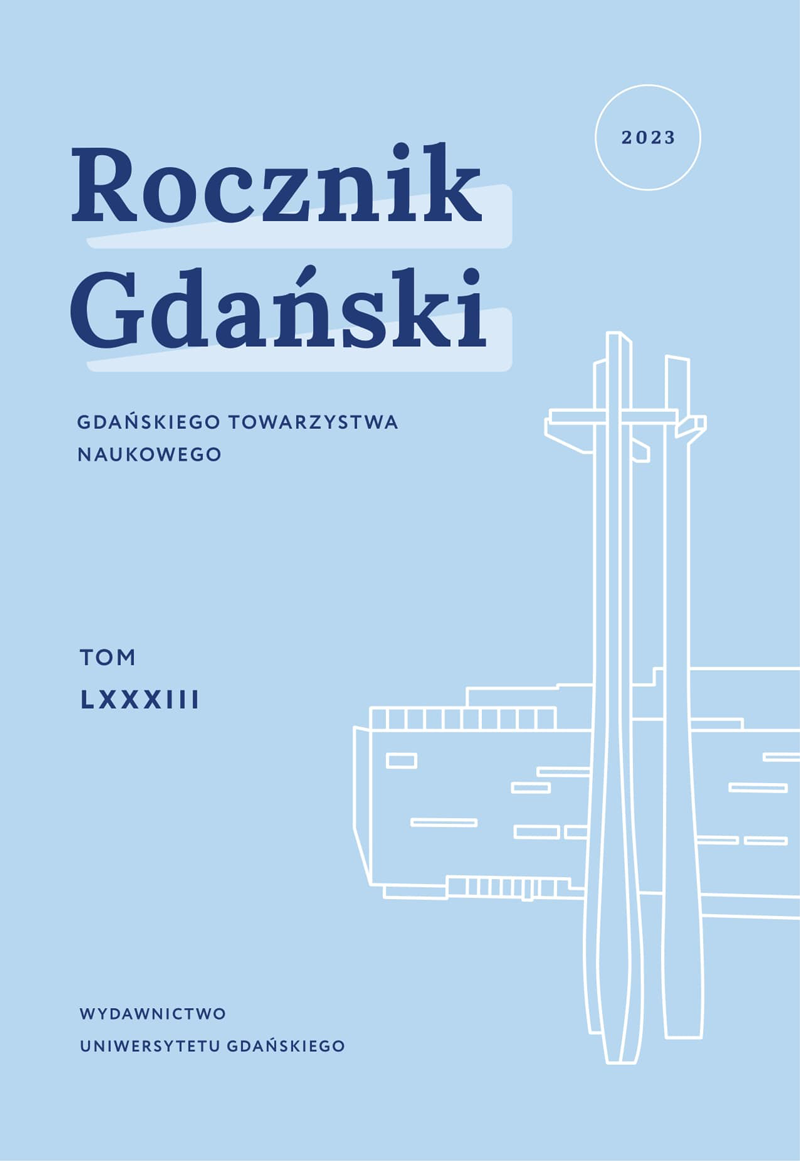
The article is devoted to Heinrich Nitschmann, a German translator and propagator of Polish literature in Germany, one of the most influential participants in Polish‑German cultural contacts in the second half of the 19th century. The article emphasizes the regional, borderland aspect of the translator’s biography which was connected with Elbląg, paying attention, however, primarily to Nitschmann’s connections with Danzig, which have been overlooked in previous studies. The paper focuses on Nitschmann’s long‑term cooperation with the Danzig bookseller and publisher Karl Theodor Bertling who enabled his debut as a translator (as editor of several anthologies containing his own translations of Polish poetry) and as an author (a collection of essays Erinnerungen an Oliva, expressing both the translator’s emotional bond with Pomerania and the attitude to nature characteristic of the educated German bourgeoisie of the 19th century). The article posits that it was the Danzig publisher who paved the way for Nitschmann to enter the publishing market in Germany: in Leipzig and Dresden, significantly contributing to his later success. Nitschmann’s publications: his translation anthologies and his popular outline of Polish literature (Geschichte der polnischen Litteratur) had many reprints and shaped the image of Polish culture among German audiences of the Wilhelminian era. The example of Nitschmann’s and Bertling’s successful collaboration shows how the synergy of action between translator and publisher – figures often marginalized from a literary‑historical perspective – resulted in greater power in the literary field and in the possibility of influencing Polish‑German literary contacts in the 19th century.
More...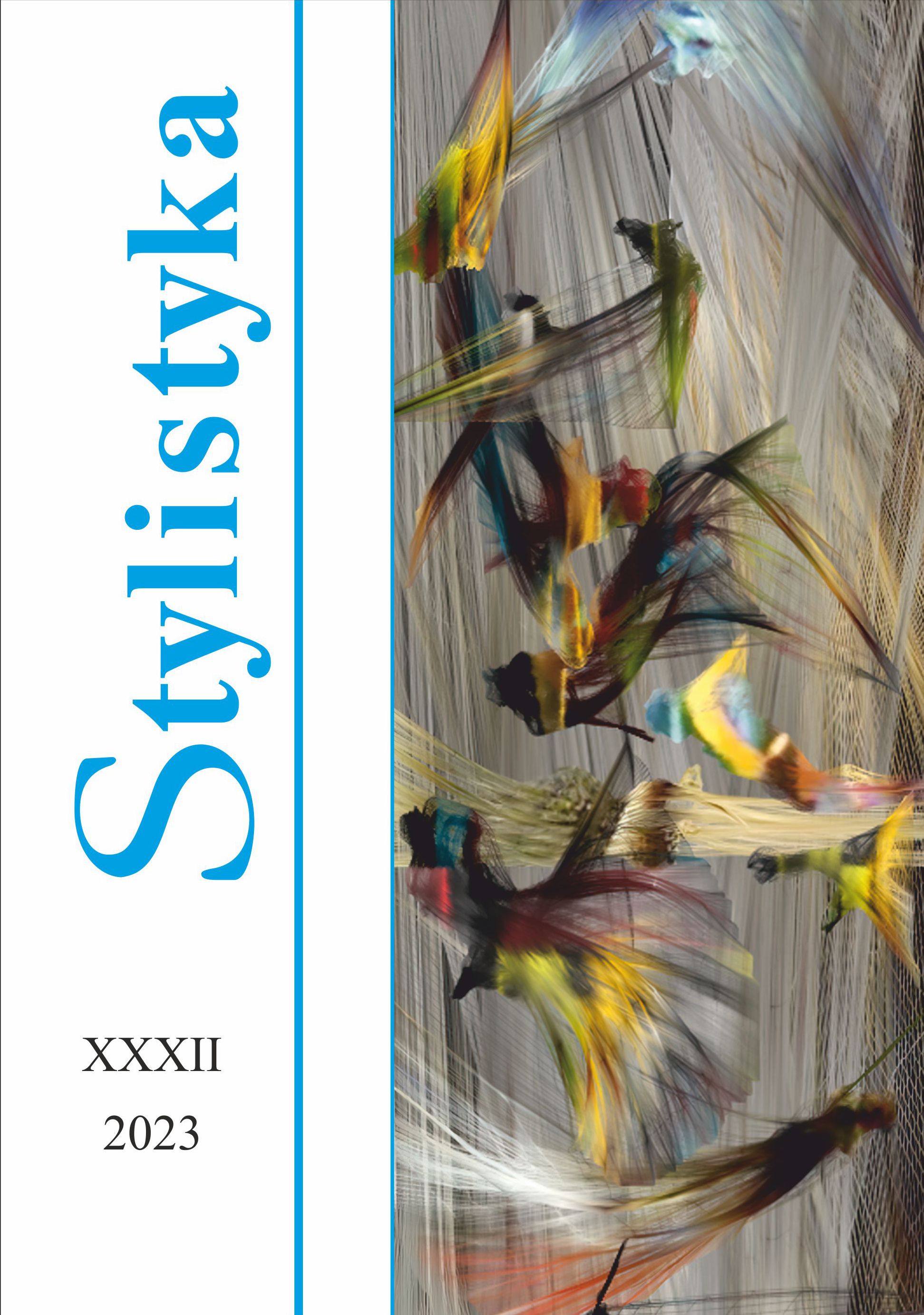
The article as a research reconnaissance contains an analysis of the language and style of Andrzej Saramonowicz’s novel Pokraj. The author discusses selected determinants of the original language of the novel, e.g., vocabulary, metaphors, comparisons, and significant proper names. Much attention was paid to intertextual references, such as the imitation of clearly recognisable forms (drama, film script, radio news, religious texts), recalling texts related to a common theme in the form of a collage and the use of quotes and paraphrases, the accurate reading of which depends on the cultural competence of the readers. The presented analyses show the author’s procedures that build a specific humour, serve criticism, parody, and satire.
More...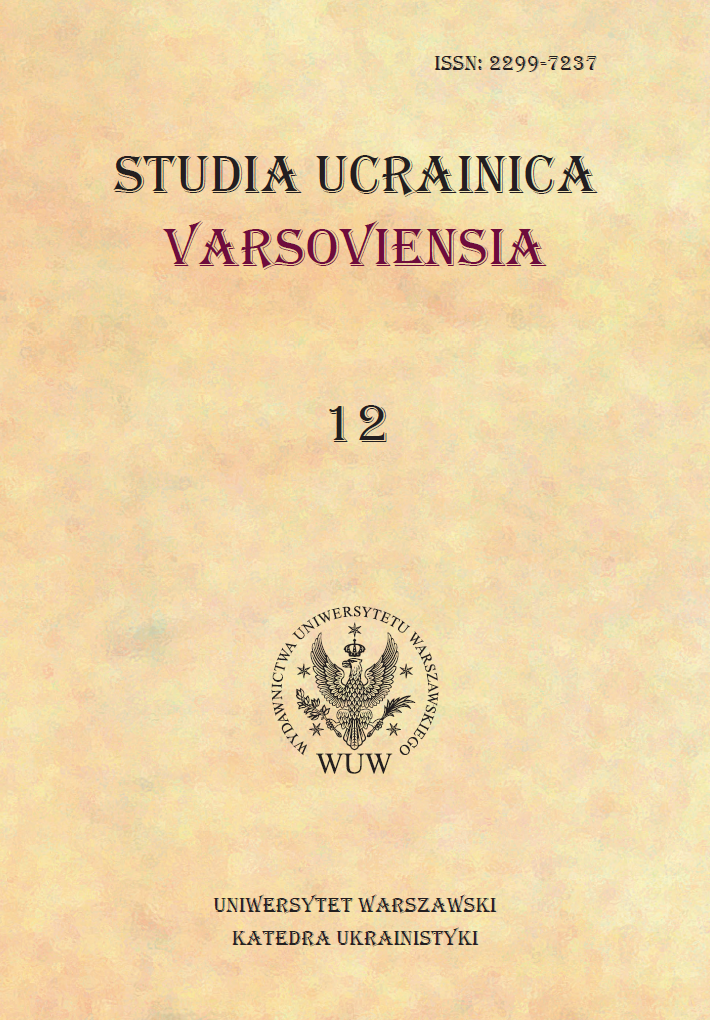
The article aims to analyse translation strategies and transformations on the material of the selected Polish-language letters by Sofia Fredro-Sheptytska to her son Roman Sheptytsky, which were not sent nor published during the author’s lifetime. Polish, French, English, and Latin are taken into account. Hidden quotations are compared with similar passages in different translations of the Bible. The possibilities of the Ukrainian language in the translation of spiritual letters are investigated. The work was carried out with manu- scripts translated into Ukrainian, typed on a computer and commented on by church activists and their colleagues. Thanks to textological, translational, comparative, biblical and other forms of analysis, the spiritual portrait of the addressee – Roman Sheptytsky, as well as the addressee, his mother, was revealed.
More...
The article aims to present Eliza Orzeszkowa’s unusual publicist voice on the question of women’s equal rights. The unusualness is related to her use of Confucius as a figure of transfer, as well as her referring to the scientific and doctrinal fragments of his Chinese philosophical and social teachings. Eliza Orzeszkowa’s passion for journalism resulted in a series of statements on the so-called woman question. In 2020, non-redacted parts of the manuscript of a study on women’s equal rights, found in Vilnius by Iwona Wiśniewska, were published in print. The writer devoted first parts of her text to the position of woman in ancient cultures. She referred, inter alia, to Confucius’ philosophical thought, which she adopted as one of the points of departure for defining her own vision of equal rights. However, she drew on the Confucian themes from secondary sources, citing the study of Edward Prądzyński. An important channel for transmitting the Confucian thought to Europe was the thought of the Enlightenment, which, as Grażyna Borkowska argues, is crucial for the discussion of the writer’s position on the woman question.
More...
The aim of this article is to examine how elements of Taoist philosophy are incorporated into Tadeusz Miciński’s one-act drama "The Ballad of the Seven Sleeping Brothers in China". Despite culturally syncretic references to Eastern philosophical systems, the author rarely referred to Chinese traditions of thought in his works. Published post-humously from manuscript, the ballad is therefore original in the context of Miciński’s oeuvre, both in terms of these references and its dramatic construction. It is interesting to note that the drama was written around 1910, the year when Polish translation of the "Daodejing" book was published under the title "Tao czyli Droga niebios czyli Doktryna najwyższego rozumu: (Lao-Tse i jego nauka)" ["Tao or the Path of Heaven or the Doctrine of the Supreme Reason: (Lao Tzu and His Teachings)"]. Taoism is one of the many aspects of the work that constitutes a reflection on the condition of the artist and evidence of Tadeusz Miciński’s exploration of Chinese religious-philosophical systems.
More...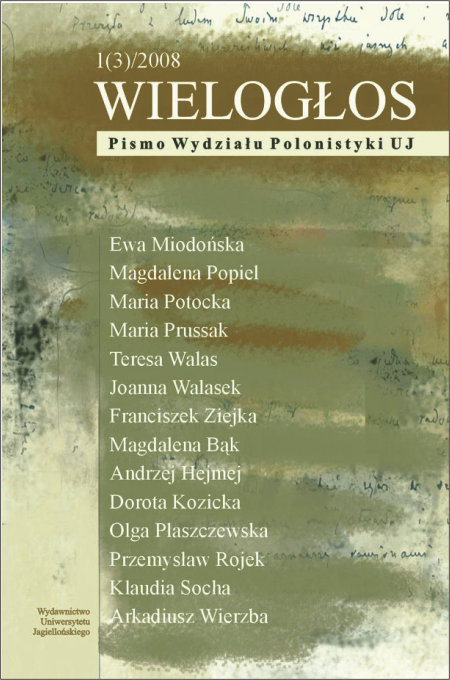
In the paper, the author undertakes an attempt to present the posthumous history of the earthly remains of the author of the Treny (Laments). To our great surprise, we confront here some very concrete questions. To begin with, our doubts arise already in connection with the exact date of the poet’s death; researchers squabble over the place of the poet’s first burial (Lublin? Sycyna or Zwoleń?); the history of the poet’s Zwoleń grave has not been properly researched. In the paper, the author focuses above all, on discussing the issues associated with the events which took place in Zwoleń in the course of the 19th- 20th centuries. Thus, he reminds the readers of the shocking deed of Tadeusz Czacki who in 1791 decided to take out from Kochanowski’s coffin the poet’s skull (up until today, the skull constitutes an exhibit in the Princes’ Czartoryski Museum in Krakow); he also reminds the readers of the equally shocking decision of the Zwoleń parish priest of 1830 to remove Kochanowski’s remains from the crypt under the church and bury them in a communal grave; subsequently, the author describes the symbolic burial of the poet in 1984. In the Aneks (Supplement), the author encloses a letter of pope John Paul II which the pontiff had sent for celebrations in Zwoleń; however, the letter had not been read during the celebrations as it had been delayed in the post, only to be delivered after the celebrations. The original of the letter is to be found in the archives of the Zwoleń parish.
More...
Celem niniejszego artykułu jest prezentacja wyimku archiwum osobistego Krzysztofa Teodora Toeplitza na przykładzie korespondencji listownej prowadzonej z Agnieszką Osiecką. Archiwum osobiste K.T. Toeplitza stanowi unikatowy zbiór korespondencji prywatnej prowadzonej przez publicystę w okresie PRL aż do jego śmierci. Jest odzwierciedleniem stosunków prywatnych panujących między przedstawicielami ówczesnej elity intelektualnej Polski. W korespondencji widoczne są odniesienia do życia prywatnego adresata listów.
More...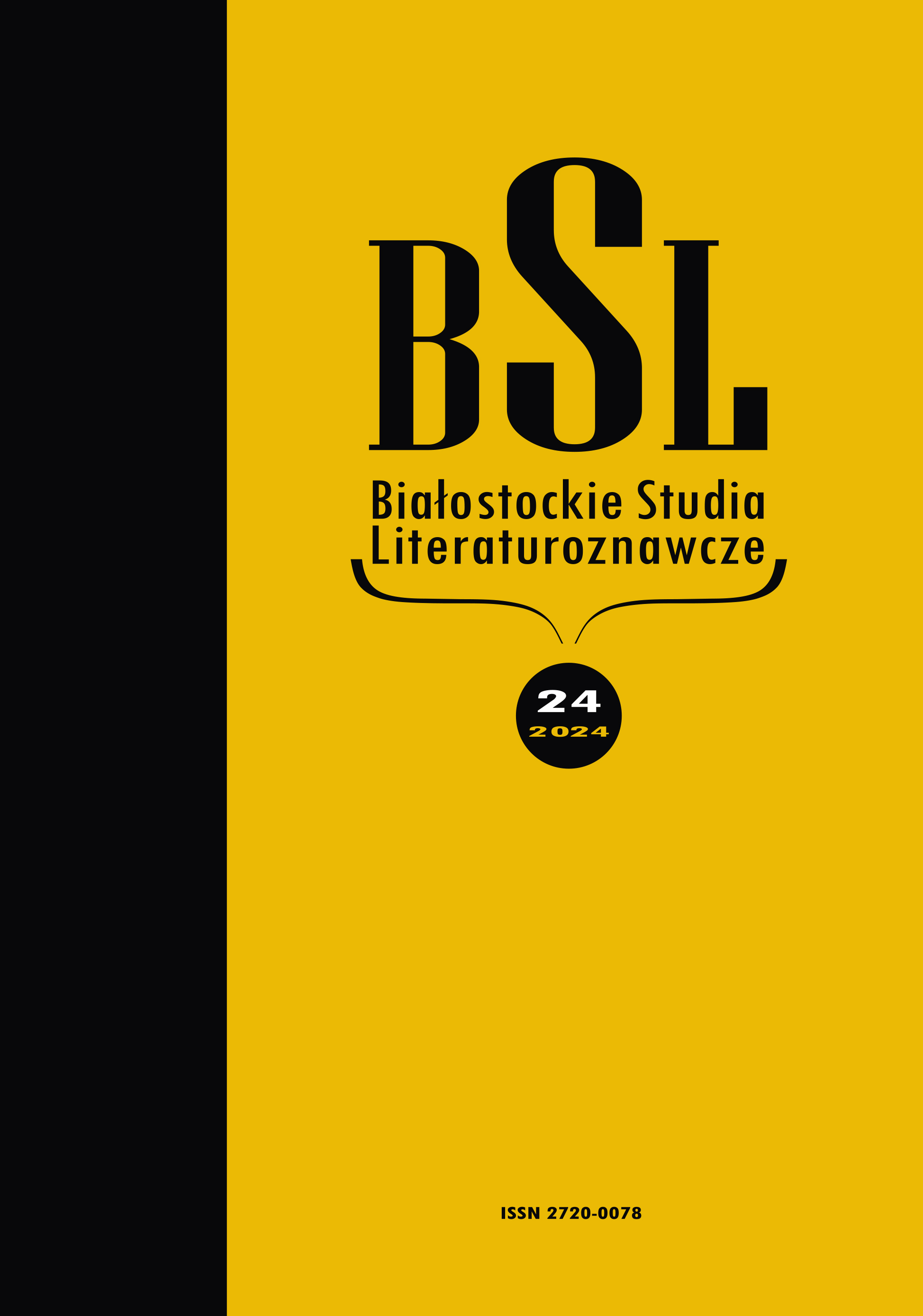
W artykule poddano analizie zbiór publicystyki Justyny Kopińskiej obejmujący teksty o charakterze reportaży i felietonów. Autorka koncentruje się na sposobie tekstualizacji wojny na Ukrainie w pierwszych miesiącach po wybuchu konfliktu. Logikę świata wojny opisuje, odwołując się do poetyki agonu. Analizuje takie element, jak strukturalizacja przestrzeni ogarniętej wojną, konstrukcja postaci, wartości świata kryzysu. Omawia również kształt genologiczny prozy Kopińskiej i jej związek z poetyką reportażu wojennego.
More...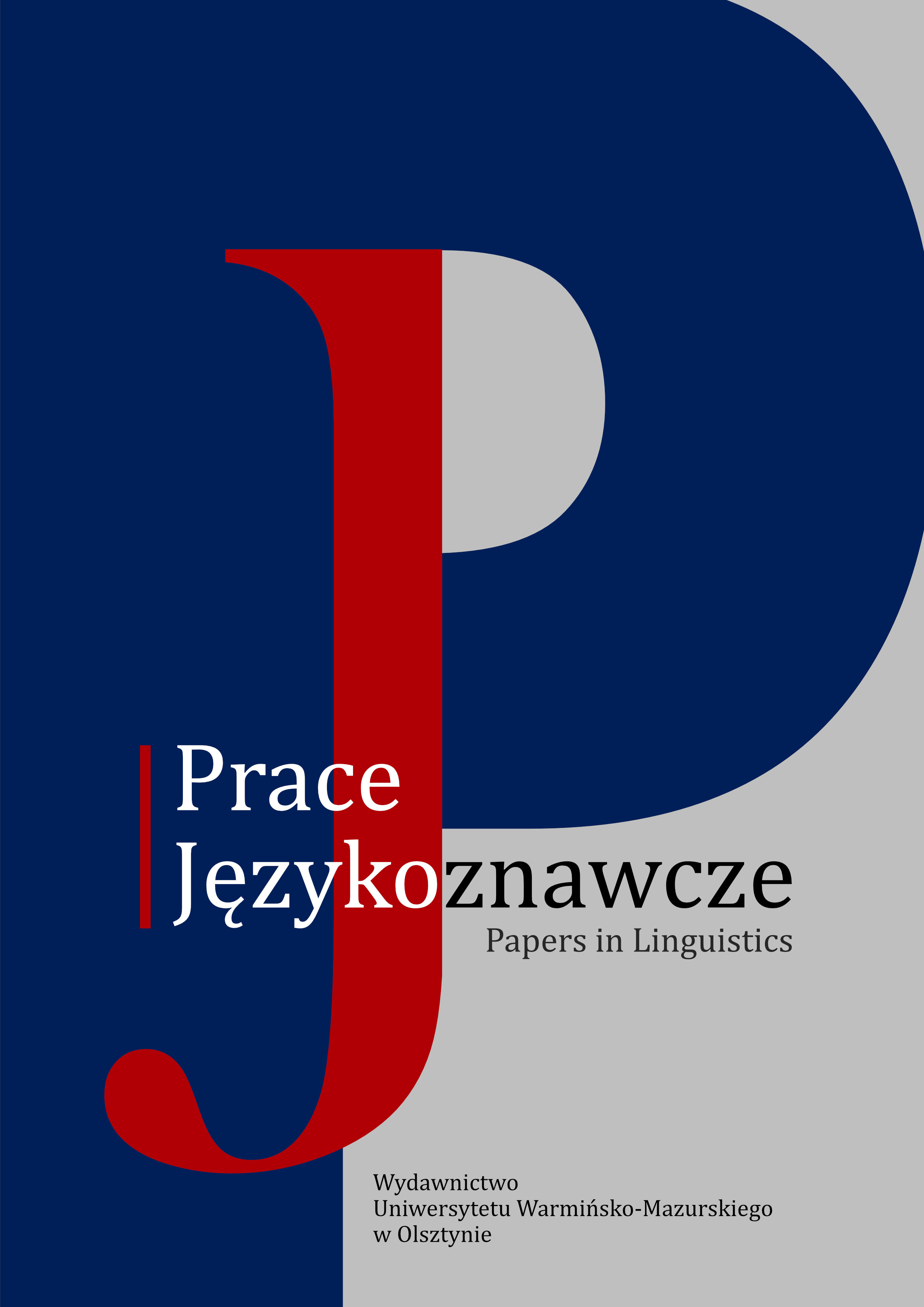
The article is concerned with proper names in selected poems by Julian Tuwim. The poet’s achievements are discussed in many studies, especially in literary ones. Researchers (e.g. Michał Głowiński, Ryszard Matuszewski) investigated the most important aspects of his poetry and the features of its poetics. They also paid attention to the linguistic aspect of Tuwim’s writing, but they were not much interested in the onymic layer of his poems. Meanwhile, Tuwim’s poetry is the source of a rich collection of proper names, appearing on their own or constituting elements of metaphors and similes. The article discusses selected names from the perspective of their functionality, considering also the usefulness of research tools of literary onomastics in the interpretation of onomastics in poetic textsproper names; literary onomastics
More...